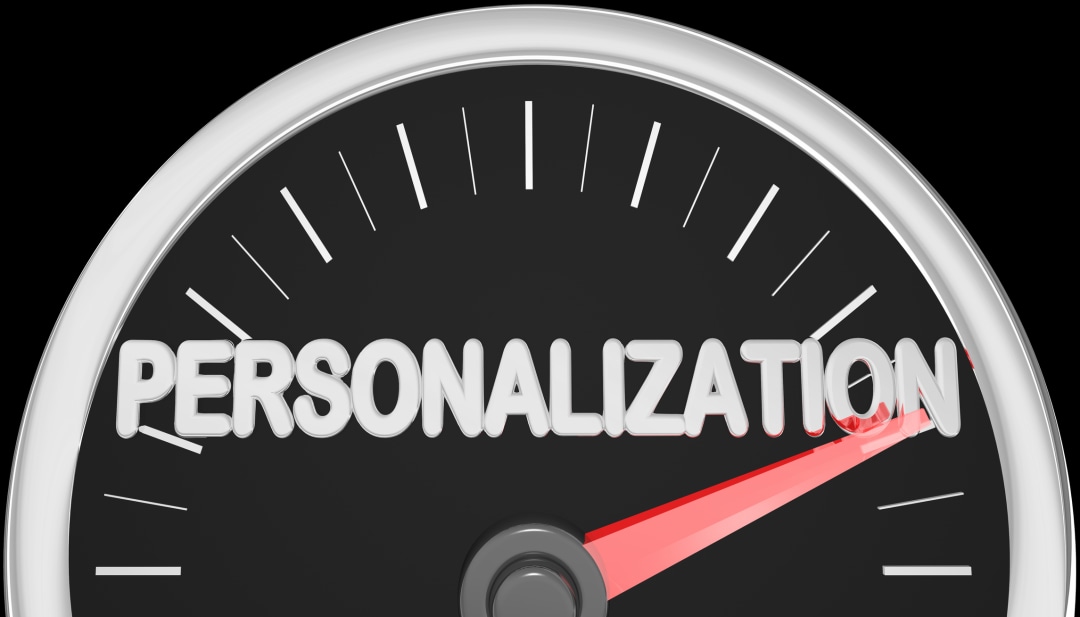To personalize or not to personalize—that is often the question for today’s sales professional.
Sending a one-size-fits-all email to your entire lead list certainly seems like the most time-efficient option. But, is doing so the most effective way to drive engagement? Probably not.
Your gut tells you that personalization is a much better approach, but you don’t have time to send hundreds of one-off emails. Even if you did, how would you measure personalization’s impact on building pipeline?
Back in March I hosted a webinar with Craig Rosenberg, Chief Analyst and Co-founder at TOPO (recently acquired by Gartner -congrats!) on 'The Secrets for Driving Prospect & Customer Engagement at Scale'. I think the tips we shared on the webinar are timeless and can benefit sales teams of all sizes.
Related Post: 20 Best Sales Automation Tools to Give Your Reps Superpowers
Building Relationships through Personalization
There’s no doubt that email, social media, and digital advertising have changed the face of sales forever. That being said, the basic fundamentals of sales have not changed.
I think sales is all about building relationships because people buy from other people that they like and trust. Technology may be an essential part of getting your foot in the door, but relationships still matter most.
In an age when many sales teams have completely automated their outbound communications, focusing on relationship building is an opportunity to differentiate yourself from the competition.
“The core tenant of selling—building relationships—is the most important thing you can do, especially in today’s market,” said Craig Rosenberg.
Establishing meaningful connections is almost impossible, however, when you’re trying to recycle the same message for every buyer persona, emails that “work” for every persona, in reality, work for no one. After all, the last thing buyers want is another generic email clogging up their inboxes. Instead, buyers want real solutions that solve their most difficult problems.
Personalized messaging helps to demonstrate that you understand the buyer’s business, industry, and unique challenges and raking this approach gives the relationship a much better chance of achieving liftoff.
Related Post: The Driving Forces Behind Successful Sales
The Problem with Personalization: Scalability
There’s still one major problem with personalization that must not be overlooked: scalability.
“Everyone agrees that personalized communication is better than not,” Rosenberg said. “The big challenge, of course, is how to make personalization scalable.”
Each moment spent on the wrong activity is time wasted. And, in high-growth and competitive markets, account executives and SDRs cannot afford to waste even a single moment.
“For example, if you’re selling to very small businesses, you’re typically dealing with high volume,” Rosenberg said. “You simply don’t have time to customize every message without the right toolbox.”
Related Post: 13 Tips for Using Sales Automation to Hit Quota
Personalizing the Smarter Way
So, what’s the best way to maintain a personal tone while performing at peak efficiency? Adding an outbound communications and automation management application to your sales tech stack can be an excellent solution.
“Build email templates that are relevant for most situations but are also easily customizable and adaptable,” Rosenberg said. “Then give your reps the proper tools and training to personalize their emails with custom snippets. Modern sales teams need an application that can send highly curated messages while leveraging the scalability of prebuilt templates and automated follow-up sequences. Make sure your sales team can build an unlimited number of templates for each persona and adapt them in real time. High-impact templates with embeddable rich media, such as polls, attachments, surveys, calendar availability links, and images, boost engagement by taking personalization to a whole new level and make it easier to get a prospect's attention and engage with you. Then once you have engaged with your prospect you can use our automation to ensure the sales cycle goes smoothly with minimal friction.
Related Post: The Infamous No: How to Make Objections A Breeze
Get the best of both worlds - personalization and automation with Mixmax
Make your message stand out by providing buyers with a highly customized, engaging experience. Start your free 14-day trial of Mixmax to see how customizable templates, embeddable rich media, one-click scheduling and workflow automation will make it easier for your prospects to choose you.
Related post: The Ultimate Guide to Sales Automation, and Why Your Team Needs It


.png?width=450&height=250&name=Episode%20Graphic%20(1).png)
